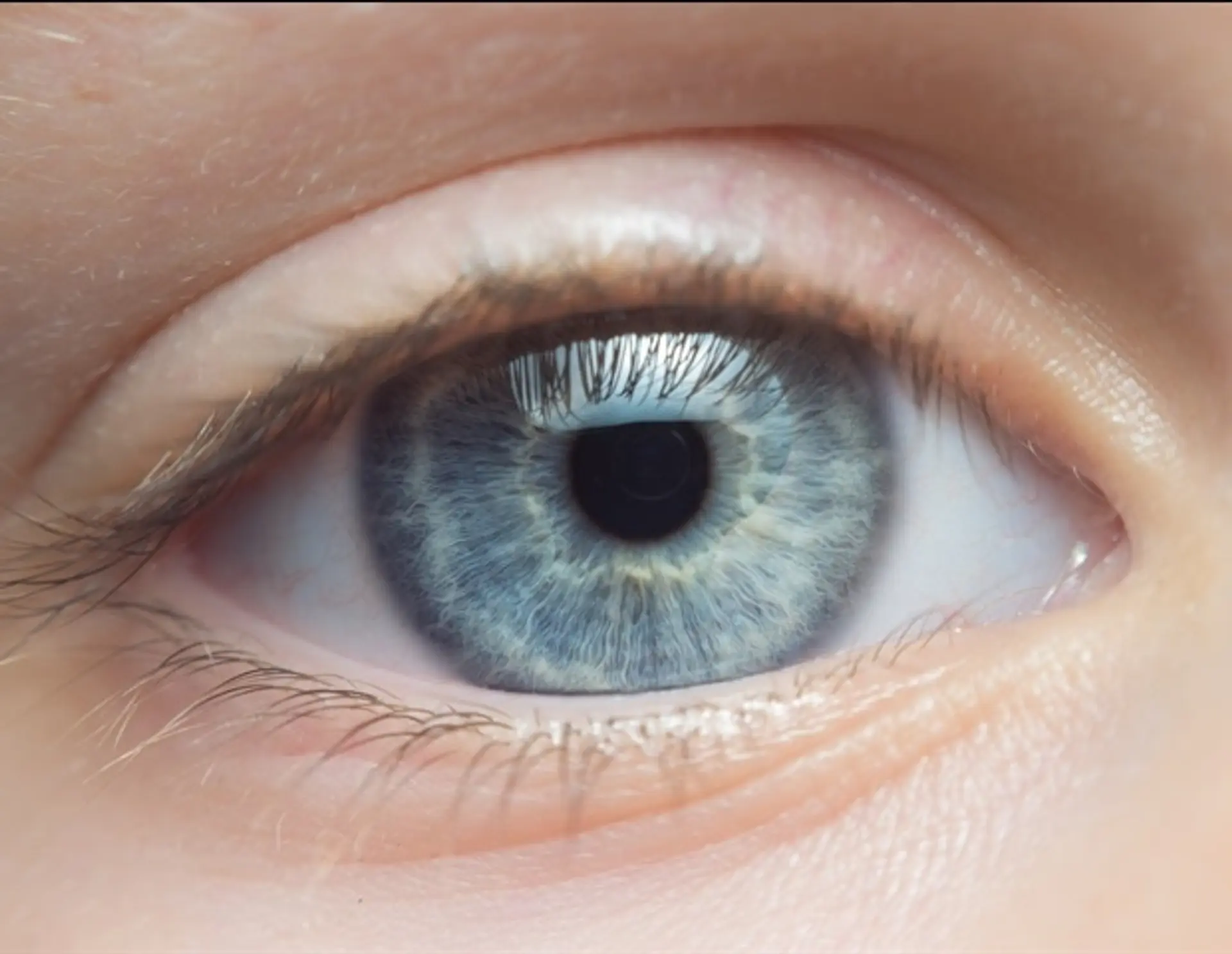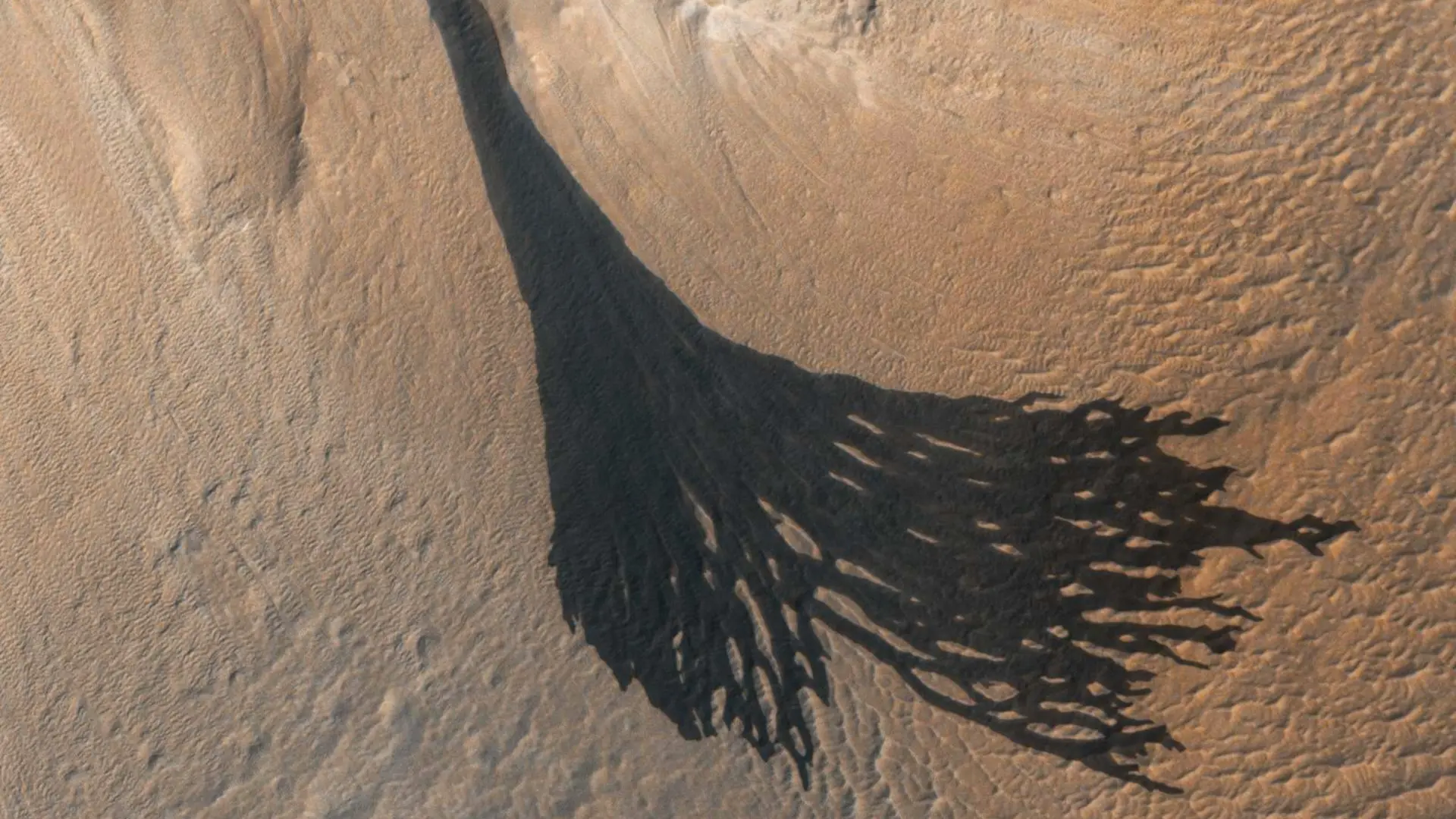Long-observed dark streaks on Mars, once thought to be potential evidence of flowing water, are now more likely the result of wind and dust activity, according to a new AI analysis. These streaks, including recurring slope lineae (RSL), have been a topic of scientific debate since the 1970s, with some researchers suggesting they could be caused by melting ice or briny water flows.
However, a recent study used machine learning to analyse over 86,000 satellite images, creating a comprehensive map of over 500,000 streak features. The AI algorithm correlated these streaks with environmental data, revealing a stronger association with wind speeds and dust deposition rather than factors indicative of liquid or frost. The findings suggest that the streaks are formed by layers of fine dust sliding down steep inclines, potentially triggered by wind, seismic activity, or meteoroid impacts. This new understanding impacts future Mars exploration, suggesting a shift in focus away from water-related habitable zones.
Related Articles

AI diagnoses nystagmus accurately
Read more about AI diagnoses nystagmus accurately →
AI rivals clinical expertise
Read more about AI rivals clinical expertise →
AI Rollout Faces Delays
Read more about AI Rollout Faces Delays →
AI Regulation Boosts Confidence
Read more about AI Regulation Boosts Confidence →
